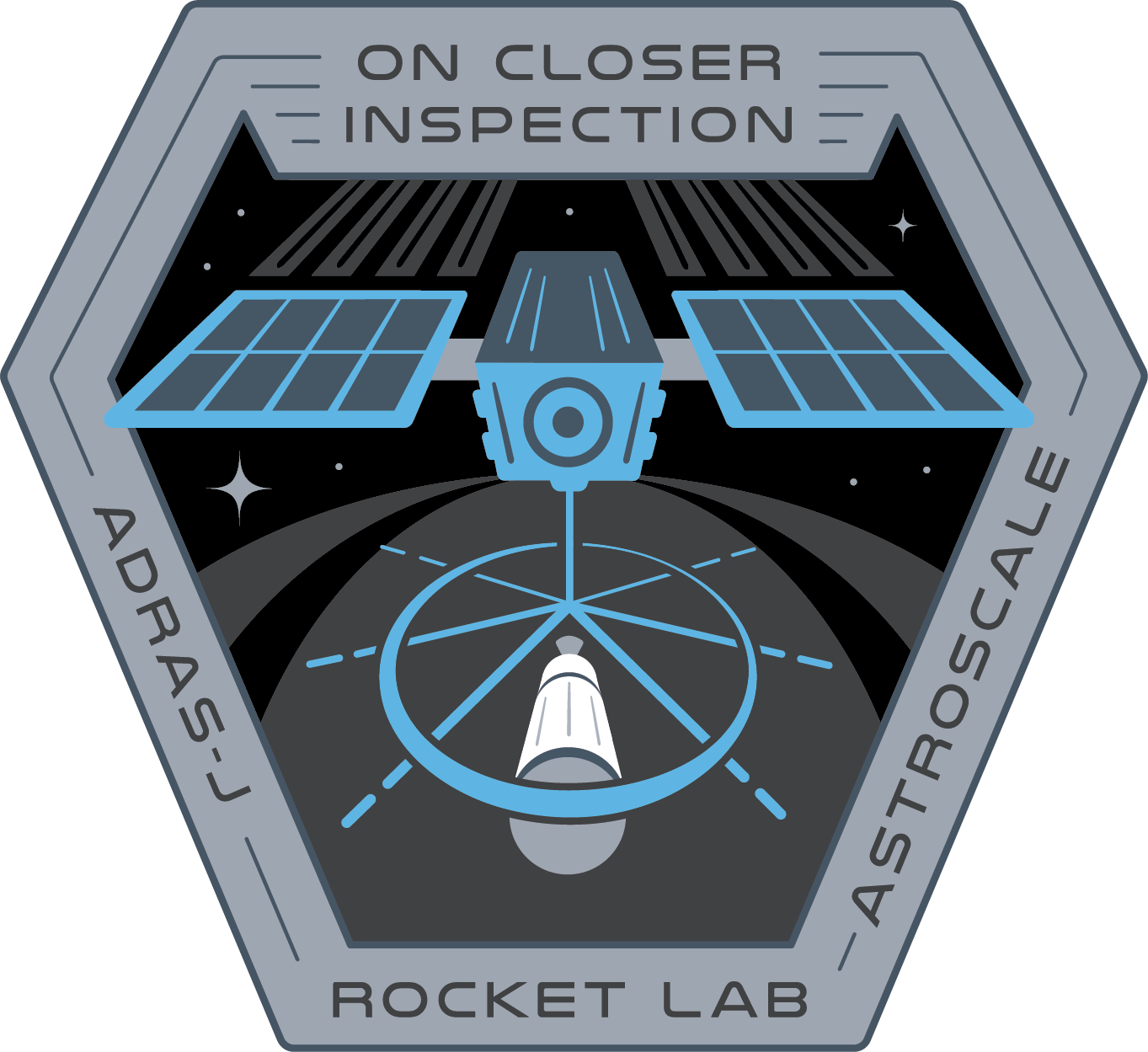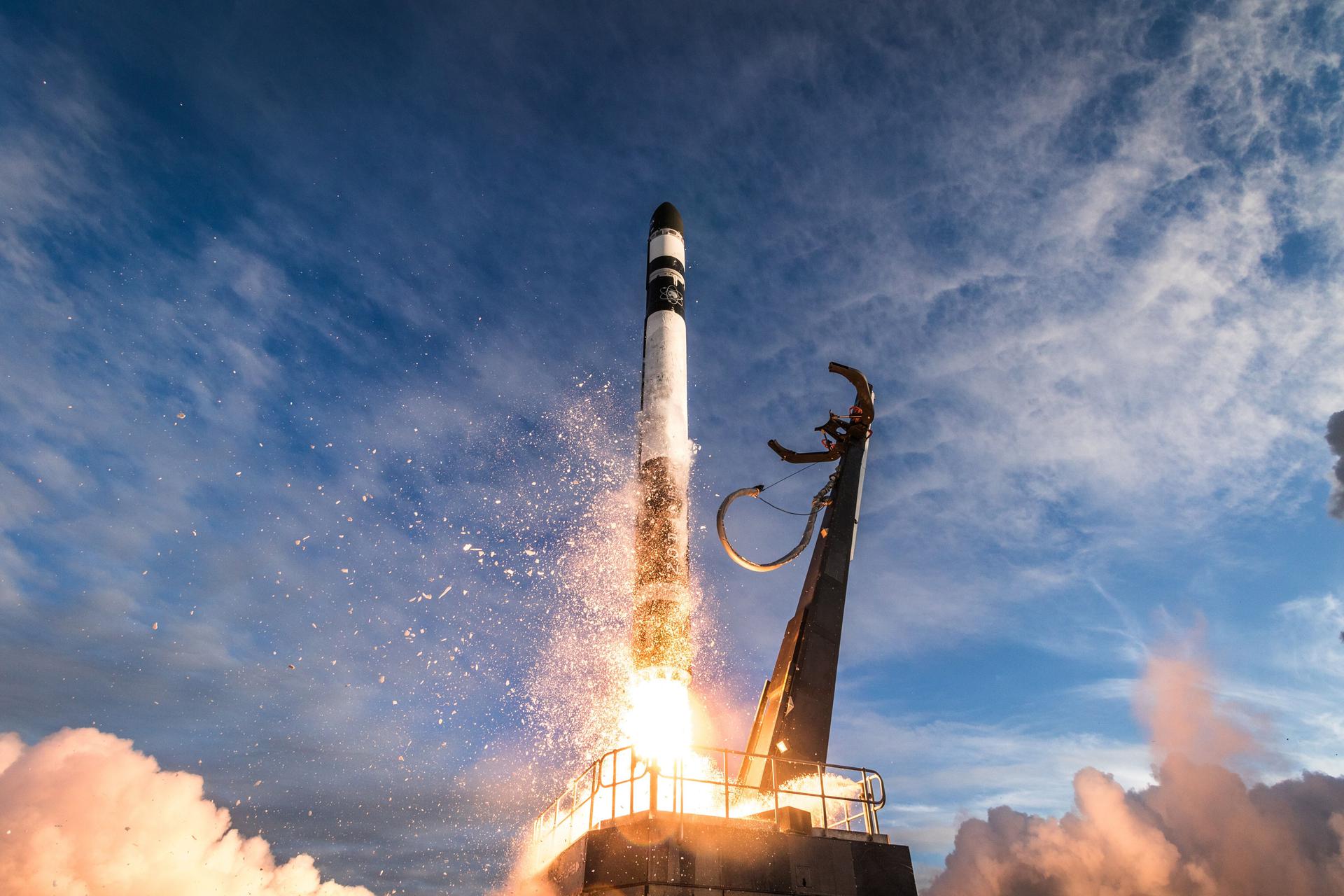On Closer Inspection (ADRAS-J)
Electron
Rocket Lab
Trajectory
View comprehensive details including the rocket’s trajectory, velocity, altitude, thrust, and more at FlightClub.io.
Mission
On Closer Inspection (ADRAS-J)
- Type: Earth Science
- Orbit: Sun-Synchronous Orbit
- Launch Cost: $6,000,000
The Active Debris Removal by Astroscale-Japan (ADRAS-J) mission consists of a spacecraft developed and operated by Astroscale aiming to rendezvous with and characterize a large piece of debris. Its target is the H-2A upper stage left in Low Earth Orbit after the launch of the GOSAT Earth observation satellite in 2009.
Location
Rocket
Rocket Lab Electron
Electron is a two-stage orbital expendable launch vehicle (with an optional third stage) developed by the American aerospace company Rocket Lab. Electron is a small-lift launch vehicle designed to launch small satellites and cubesats to sun-synchronous orbit and low earth orbit. The Electron is the first orbital class rocket to use electric-pump-fed engines, powered by the 9 Rutherford engines on the first stage. It is also used as a suborbital testbed (called HASTE) for hypersonics research.
Agency
Rocket Lab
Rocket Lab is an American aerospace manufacturer with a wholly owned New Zealand subsidiary. The company develops lightweight, cost-effective commercial rocket launch services. The Electron Program was founded on the premise that small payloads such as CubeSats require dedicated small launch vehicles and flexibility not currently offered by traditional rocket systems. Its rocket, the Electron, is a light-weight rocket and is now operating commercially. The company is also producing a variety of spacecrafts and spacecrafts components.



